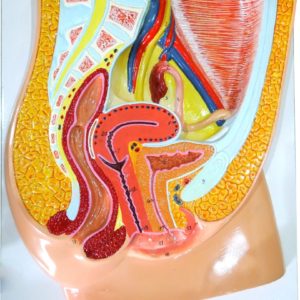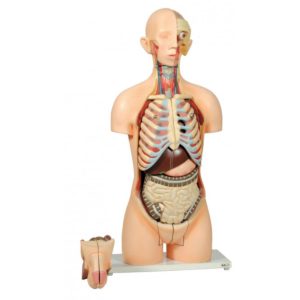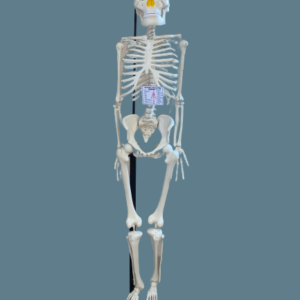Anatomical Model
Showing 51–85 of 85 results
-

Human Circulatory System Model
SKU: 14054
Read more -

Human Circulatory System Model
SKU: 14055
Read more -

Nerve Cell / Neuron Model
SKU: 14056
Read more -

Human Nervous System Model
SKU: 14057
Read more -

Human Nervous System Model
SKU: 14058
Read more -

Human Muscle Structure Model
SKU: 14059
Read more -

Human Muscle Structure Model
SKU: 14060
Read more -

Human Excretory System Model
SKU: 14061
Read more -

Male & Female, Urogenital Model
SKU: 14062
Read more -

Human Urinary System Model
SKU: 14063
Read more -

Human Urinary System (Dual Sex)
SKU: 14064
Read more -

Human Female Reproductive System
SKU: 14065
Read more -

Human Testicle Model
SKU: 14066
Read more -

Female Reproductive Organ (Uterus) Model
SKU: 14067
Read more -

Embryo Development Process Stages Model
SKU: 14068
Read more -

Human Development Stages
SKU: 14069
Read more -

Baby with Pelvis Model
SKU: 14070
Read more -

Human Torso Dual Sex Model
SKU: 14071
Read more -

Human Torso Model
SKU: 14072
Read more -

Human Torso Sexless Small
SKU: 14073
Read more -

Human Spinal Cord
SKU: 14074
Read more -

Human Skin Model 3D
SKU: 14075
Read more -

Human Skin Model
SKU: 14076
Read more -

Chromosome Model
SKU: 14077
Read more -

Aids Virus Model
SKU: 14078
Read more -

Human Alevoli
SKU: 14079
Read more -

Intestinal Villus
SKU: 14080
Read more -

Human Endocrine System (glands)
SKU: 14081
Read more -

Human Birth Aid Model
SKU: 14082
Read more -

Human Female Pelvis Model
SKU: 14083
Read more -

Human Male Pelvis Model
SKU: 14084
Read more -

DNA Model
SKU: 14085
Read more -

RNA
SKU: 14086
Read more -

Human Trunk Model
SKU: 14087
Read more -

Human Skeleton (Regular)
SKU: 14088
Read more


